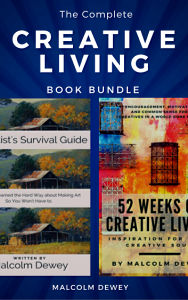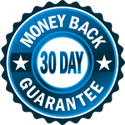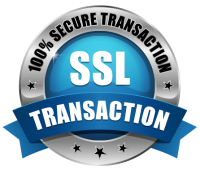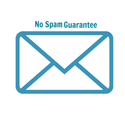|
How to make a hard choice? Imagine you have a child finishing high school. Your child announces that he has considered several career options and has narrowed it down to artist or attorney. As a parent what is your reaction? When I reached this milestone in my life a career in arts meant something more industrial like textile design or even fashion design. A fine arts career was an oxymoron since everyone knew that outside of the education department there was no such thing as a career for fine artists. It was a life of struggle and desperation. Simple as that. It is law my son and that is that. Thirty years later the world has become more enlightened. A degree is so generic that it seems almost pointless unless it is for a specific profession like medicine or engineering. Yet a decision between arts and traditional trades and professions is still a hard choice. Especially in "these tough times". So how does one choose in these circumstances? Philosopher Ruth Chang on TED Talks puts forward an empowering argument. Consider the artist or attorney decision. Why do so many people opt for law instead of art? Because the fear of the unknown makes law seem like a less risky option. At least with law there is a prospect of earning more plus the social cachet of being a lawyer. Those TV programs glamorising lawyers also help a lot. But to base this decision on these criteria - fear and reward for example - is a mistake. You cannot hammer a round peg through a square hole without it ending in tears. I can assure you that there are many young lawyers without work. Many others have had to start their own practice only to find that business is based on cashflow and the bank manager does not care what certificate hangs on your wall. No cashflow no mercy. Many young lawyers have had to close up shop deep in debt. Of those that have reasonably lucrative careers in law there are many who yearn to be doing something else more creative. To make it an the legal business, like any other business, requires hard work, hustle and many years of dedication. Passion too. So to succeed as an artist you will need the same dedication to the task. If you put in the work the rewards will come. What we see then is that a law career and an arts career are on a par. Both can work out and both can implode. How to choose between careers that are on a par? Will more income sway you? Lets say you love art, but you can expect to earn 25% more as a lawyer. Will that make you choose law even if it makes you miserable? It is unlikely that money alone will make the difference. Chang argues that in a hard choice situation you have the power to make your own reasons. What are your unique qualities and how do they fit in with the career. If you love art, but are lukewarm on a law career then it is likely that your law career will collapse in the near future. If your joy and happiness are focused on art then it is more likely that art will sustain you. You have the power to be the author of your own life. Your subjective reasons are valid. How to make this hard choice in mid-life? The fear of losing what you have accumulated now kicks in. Suddenly your assets and things that were the goal before become the shackles that bind you. The decision should be easier if you have a financial cushion to absorb a career change. Sadly this is not often the case. Fear increases with age. There is also a sense of noble matyrdom that keeps many professionals slogging on with work they hate. Sacrifice for a noble cause. Just maybe our loved ones would rather have a happy mom, dad and spouse at home? It is a thought. Perhaps we can face these hard choices more clearly and make the correct choice for ourselves? Words of wisdom about creativity and persistence from some of the world's greatest artists.
If no one is watching you perform or admiring your sculpture or displaying your painting or even reading your literary work do not despair. You are not being ignored. Your art is noticed by God since it is God that gave you the compulsion to create. By taking action to create you are honoring God and the gift you have been blessed with. That is enough for now. Tomorrow is another day.In ancient times artists produced work for the good of their tribe or village community. Art was a gift not a commercial tansaction. Whether art had a magical or ceremonial function or simply to honor the heritage of the community it was given and accepted freely. This function of the artist continued in similar form for centuries. As commerce grew and a few wealthy community leaders arose they could give patonage to a few artists. Of course as monarchies and city states developed so too did patronage. However things changed rapidly as the rise of the merchant class accelerated in the latter half of the last millenium. Add industrialisation to the mix from 1800 and we can recognise a complete change towards modern lifestyles. A paradigm shift as the economists would call it.
More artists could take up the calling to create, but this increased competition and art as a gift was no longer viable. Artists had to live and compete for a living just like members of other trades and professions. However artists still wanted to create unique work. Different work that spoke for them. A message or concept that the artist needed to communicate. How could such risky work ensure an income? After all the world had gone in the direction of mechanisation to meet demand for products. Cookie cutter art anyone? Artists have a few choices. Work for the man and retire then take up art. Do art on the side while working at a regular job to pay the rent. Both of these options are compromises and will get in the way of creativity. Third option - do art fulltime and risk it all. This may work for a few, but there will usually be some sort of financial cushion to pave the way. Paul Gauguin, for example, relied on his former earnings as a stock broker. The odds will always be against the artist. Wait for a state grant? Better get comfortable! It will be a long wait. There is another option however. To sell out. Selling out has been villified as a betrayal of artist's principles. This idea is perhaps carried over from the sixties and seventies when counter-culture demanded that artists reject collar and ties and all that regimented mainstream thinking. Artists working in corporations were simply regarded as suits. There was no art in such an environment. Time marches on and so too does the demands of the economy. Can artists compromise and still produce unique art? The starving artists in tie-dyed T-shirts is a thing of the past. It seems that artists have moved into business and embrace selling out. There is precedent for this and it may surprise you to note that a leading exponent of selling out was Jim Henson of Sesame Street and Muppets fame. In her book Make Art Make Money: Lessons From Jim Henson on Fueling your Creative Career Elizabeth Hyde Stevens illustrates how Jim Henson realised that money had to be obtained to make more great art. To produce Sesame Street required cash. Freedom to make art means not having to fret about paying the bills. So Henson was encouraged to license Sesame Street toys. A move he hated to do, but with fantastic financial rewards that could be reinvested in his art. Henson realised that selling out with a plan and purpose was in fact giving him freedom to create unique art on his own terms. How does this translate for artists trying to make ends meet? What products can you produce that can be replicated for volume in order to raise funds for something unique? Perhaps prints, licensing, DVD's, books, downloads, lessons, demonstrations, freelancing and many other avenues opening up in the connected economy. All of these opportunities are part of the artist's way to fuel unique art. It is the artist's unique art that is the modern gift. No it is not given for free, but it is still created and shared in an age of commodatisation. That is the gift. Without unique work our community is lost in sameness. If it means selling out to do so then so be it. When we believe what we see, we allow the magic to happen Is seeing believing? Maybe in some cases. In art however, when you believe what you see then you allow the magic to happen.
We know the phrase " too see like an artist" and we know that it applies to the technical things like seeing the shapes and values in a scene. It is much more than technique though. What is often overlooked is that the artist must see what will create the magic for the viewer. The illusionist relies on sleight of hand to fool the audience. We believe and call it magic. The unexplained takes on a mystery of its own and it enthralls us. Yes we know it is a trick, but we accept the bargain because of what we get in return. A moment of joy, wonder and escape. Is this not what we also get from art that moves us? How does the artist make us believe? Take for example the above painting by Turner. A scene filled with light, wonder and mystery. In reality it is a train charging across a bridge at the height on England's industrial revolution. Spewing smoke and shrieking noise in a grimy industrial setting. We would usually hasten away from this awful reality. But the artist has seen something else. Using his mastery of the medium Turner has created a painting that makes us stare at it in wonder. We try to fathom what is going on and look for other details. Our minds seek out images as we peer into the golden mist and smoke. What is bearing down upon us? Our mind says it is a train, but our imaginations see a fiery maw charging towards us. Magic. The painting hooks us in. Why? Deep down we are part of a shared experience. At once repelled and also drawn in. There is more than our first impression of an everyday. There is something beautiful too. Would we see this without the magic of believing in the artist's work? What would life be without these illusions that we accept so readily? Unacceptably dull and appallingly real. We all want the illusion. To escape and see beyond the material. To believe for a moment.
It must be true that most passionate artists love to study other artists they admire. Whether it is for their sublime work, curiosity or to learn new things. We love to immerse ourselves in the world of art and books are one way to do this. Sometimes it may be procrastination that keeps my nose in an art book when I should be painting, but who cares. Reading about art is a great way to spend some quiet time to reflect and be inspired. These days with the magic of e-books I can get access to publications that are not available in my local bookstore. Within seconds! What a great time for book lovers!
Over the years I have accumulated a collection of books whether in print or digital. Some gather dust while others are dog-eared and paint splattered from regular use. Books are an essential part of an artist's studio so find a nook where you can put up shelves or a bookcase, get a comfy chair and read about art now and then. Of course this must be followed by work at the easel while fired with inspiration! I have put a list together of my all time favorite art books. Perhaps you have some of these and a few that you may like to try. I am always on the lookout for new books too so please share your favorite books by leaving a reply below. Click the image for more info about the book.
There are of course many other books that cover every aspect of art. Read and be inspired to create your own art. It is a beautiful way to live. As these books also remind me - life must be enjoyed. Let us not take it all too seriously. Time is short. What art books do you love? PS: Check out this video where I show you three special books by my favorite contemporary painter. To see like an artist is the goal. There are two side to this. The natural response and one we learn. The natural response is emotional and intuitive. Artists need to respond and paint emotionally. The response that we learn is through technique and practice. One part of technique that add the punch to a painting is how we see and paint shapes. The second is the relationship between light and dark values. Sounds like life actually. Shapes can simplify the complex into something that we can better understand. We humans understand and respond to strong uncomplicated shapes. Maybe it is hardwired into us from evolution. After all recognising a shape and responding to it quickly could save lives. These days we respond to advertising and other signage because of simplified or stylised shapes. Add to this a strong light/dark contrast in values and we are drawn to the shape instinctively. So it makes sense to use this idea in painting too. Caravaggio understood this with his powerful use of light and dark contrasts.  Cezanne's Montagne St Victoire Cezanne's Montagne St Victoire Paul Cezanne pushed the idea of shapes to the point where perspective was almost broken. He simplified a vast landscape into a series of shapes devoid of detail, but still suggesting what was there for the viewer's mind to fill in. Without adapting reality through shapes and values an opportunity is lost to create something different. To bring in the artist's emotional content that will excite the viewer's imagination. How to paint with more impact and emotion? Look at powerful value contrast and simple strong shapes. What about colour? Yes colour adds much to a painting, but take a look at black and white photographs and recognise the power of shapes and values. Think of Ansel Adams photos and the message is clear. I have encouraged many art students to focus on painting studies using simplified shapes and strong values. The best way to start is to look for the big dominant mass shapes. Then draw them in black and white. This is also called a notan painting. From this simple exercise the process of developing a strong painting can begin. Below is a short video extract from my course, Learn To Paint With Impact, demonstrating how to use this technique. Try it yourself. ...if you are designing a jumbo jet then we would hope that there is a bit more work going into the project. What image does the word obsessive conjure up in your mind? A negative one I should imagine. Perhaps even behaviour that needs some professional help? Certainly obsessive behaviour can suggest extreme conduct that has negative consequences. There is however a good side to obsessive behaviour too. There is scope for all of us to be a bit more obsessive about our passions. Artists can take note that being obsessive is a good thing and should be encouraged. Not sure? Take a leaf out of the book of science!
Recently I watched an excellent documentary on BBC called In Search of Science hosted by Professor Brian Cox. You may have seen it although I do admit that I came across it by chance. It was all about scientists that have contributed immensely to our knowledge about the natural world. The show started with a look at Sir isaac Newton. That giant of genius who amazingly was born in 1642! They were still burning witches back then and here was this man with a modern intellect simply centuries before his time. Newton was obsessive about observing the natural world and finding solutions to problems. This was a good thing since his natural laws, proven by him through extensive experimentation, changed the world of science forever. There were examples of other incredible achievements by obsessive scientists. All very well I thought. These boffins lived a long time ago. But then a mathematician came on who is working at the moment on one of the most perplexing problems. Finding an answer to why the universe exists at all. Not only that, but being able to prove it mathematically. What makes a genius? According to this mathematician the drive to focus and solve a problem long after others would give up distinguishes many geniuses from the rest of us. Ten years of work is required to claim some sort of mastery on any topic. So a genius, or more correctly a master, has an insatiable curiosity and drive to solve the problems of whatever interests him or her. It was argued that for most people, especially in this age of distraction, there is only a superficial interest in anything. We tend to gloss over topics. Nobody gets stuck in to master something anymore. Generalisations yes, but true? Just google it and you can get away with most anything it seems. But if you are designing a jumbo jet then we would hope that there is a bit more work going into the project. Should artists not also become obsessive about their art? Imagine if we could acquire the skill and knowledge of artists that we admire simply by working hard at our art. Does that seem like a good bargain? So what if it is a ten year plus deal. Many others may argue that it is a waste of time. That all the effort to master something like art will never keep the wallet fat. What about those scientists who plugged away without reward or recognition until late in their lives? Perhaps to be vindicated years after their passing. Where they misguided? Take Paul Cezanne and Claude Monet for example. Two artists who persisted and struggled against popular opinion until they were acknowledged as titans of art in their later life. What if they were not obsessive? The answer is that your life's purpose is at stake. There is no escaping this. What brings joy to the artist is art. To ignore it will bring regret. To accept your purpose will bring peace. Money is not the purpose, but there will be enough of it attracted to cover your needs and some luxuries too. It seems that if our purpose in life is at stake that we should be obsessive about it. We should work at our tasks, solve problems, grow in knowledge and always seek the next question so that we may answer it empahatically. The artist need not be embarassed about it or apologise if the chores are delayed. Obsess a little. Create a lot. Can you really learn a hands-on skill like painting online? I would not call myself old-school. I try to keep up with tech trends and I use many apps and other services. This website is evidence of that. However I do not even bother to set my cell phone. That is evidently something for my teenage son to do. The TV is the same too. I prefer talking to texting and Angry Birds makes me, well angry. I suppose I am approaching the scrap heap! Being an artist I also prefer to get my hands dirty and painting is blessedly unchanged. Or is it?
There are digital painters sporting tablets and apps with pride. Not to mention the digital photo art that is so popular. Perhaps the biggest groundshift has been in how we learn. Online learning has exploded globally and nobody is exempt. Old and young and all in between are learning online. This digital democracy has brought top quality education into posh mansions and tin shacks alike. I look at my children. They have access to regular school yet find their most stimulating lessons on You Tube or some other website like Udemy or Lynda. Not to mention the mass of websites by experts on whatever topic you may require. Certificate from a famous university? No problem. Try Coursera. Want to learn java and perhaps some photography skills for fun? Try Udemy.com. Children struggling with maths? Try Khan Academy. All well and good, but what about art? Can you really learn a hands-on skill like painting online? I know many old hands scoff at this notion. I have received sceptical looks from some artists north of 50 who think it is silly to learn online. They still believe that a mentor with a few students is the way to go. Something like in the Renaissance days I think. The fact is that digital learning is essential for artists today. If you have a desire to teach art then online learning is also becoming hard to ignore. Let us start with You Tube. Once you get past the rubbish there is a treasure trove of excellent teaching on art techniques. Then try Pinterest to research art for inspiration or to find excellent quality images of masterworks. These are essential to learn from. Of course there are DVD lessons that can be purchased and downloaded in HD quality. No more waiting for delivery. No customs duties and so forth. The hard part remains actually doing the work! Hang on there are courses you can take to teach you how to maximize your time. If you have a moment that is. I have been impressed with Udemy.com. A website that hosts paid and free courses on just about any topic. Whether you want a certified course in computer programming or to learn business skills or have some fun learning a new hobby this website has it all. So inspired was I with the general high quality of courses that I created my own course, Learn To Paint With Impact, that was launched a few days ago. This experience entailed a new learning curve for me. There is a big difference between giving a workshop to students in person to facing a camera instead. In many ways I had to rethink my subject to convey the ideas better. This helped me too. Teaching is a learning process for both teacher and student after all. There are massive benefits to learning art online too. Costs are low. Cut out travel, time and related costs of attending a workshop and you have saved a ton. Plus the convenience of learning when you want to, pressing pause and rewind when you need to check something are also handy. On the downside you do need to be a self-starter and get the course done on your own steam. There is also the practical side of art, which is why I have a series of assignments to encourage practical work. Social interaction? Get a friend to join with you or an art club for that matter. The nice thing with Udemy is that instructors can give their own discounts to groups which is a big plus for teacher and student. Whether you want to learn art or teach it the internet has changed the landscape forever. There is opportunity for all and excuses are hard to come by. Of course doing the work is the essential ingredient. That is something that should still please the old-timers like myself. You can read more about my course, Learn To Paint With Impact here. Also check out the special offer for newsletter subscribers. Painting in the studio and painting outdoors. What is better? A silly question really, because they are both so different. Chalk and cheese. Although I could argue that it is not so daft. What about the artist (myself included) who has some expectation that the next painting may be good enough to actually sell. Bring in some cashflow for those paints and other tiresome things like bills to pay. If plein air painting is hit and miss compared to the controlled environment of a studio then staying indoors to churn out studio work will pay the rent. Or will it?
Remember exams at school? Some kids were great in class, but come exams they would fall apart. Could not handle the pressure and scrape tests that were easy to others. Then there were those who were useless on a daily basis, but then do rather well at test time. They turned out to be steady under pressure and did enough to get a respectable C. It is the kids who can handle pressure that make a success of life. The show ponies end up looking rather ordinary since life tends to be a pressure situation. Now that all sounds a bit hard actually. But look at it this way. What if you can face the pressure situations, learn from them, and then apply the lessons learnt to do some excellent work when the pressure is off. That must surely be the way to live life too. Take it in your stride with some confidence and a smile. It is rather like how I view plein air painting. The success ratio for plein air, if I think of saleable work, is about 50%. However take that experience into the studio and it results in more authentic paintings more often. Turn the ordinary into the extraordinary. If you can paint the ugly and make it look interesting - worthy of consideration. Then you have skill as a painter. Anyone can paint pretty. But pretty gets boring very quickly. Make the average beautiful. That is something. I think of plein air as the training that gives me endurance to solve painting problems quickly. Make decisions and get on with finishing the painting. The above photo was from a recent early morning session at Kelly's Beach, Port Alfred. Sun in my eyes and amazing glare off the sea. Chances of a great painting - poor. Why bother? The answer is that the challenge attracted me. I knew that success was unlikely, but I would have to learn to paint the sea's colours as I saw them. There was no contrived mixes of green and blue. What colour is the sea water in those conditions. Can you put a name to it? Not at all, but it is there so come up with a solution. Then there is the emotional content. How does that moment feel? So in the end it is not a contest at all. Plein air is necessary to build the muscle for the long haul in the studio. Besides, it is great fun too! |
AuthorMalcolm Dewey: Artist. Country: South Africa Archives
June 2024
Categories
All
FREE
|
|

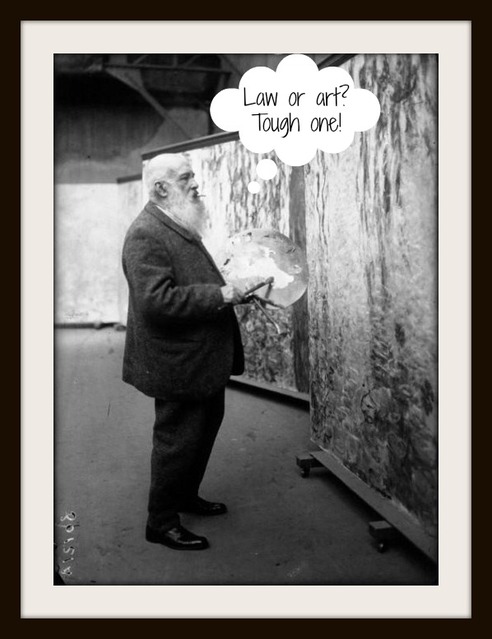
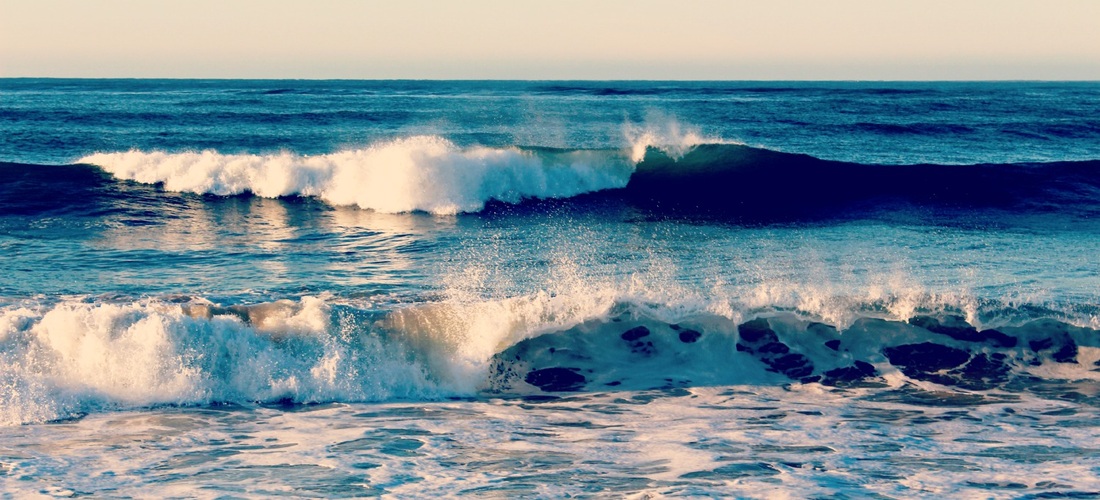

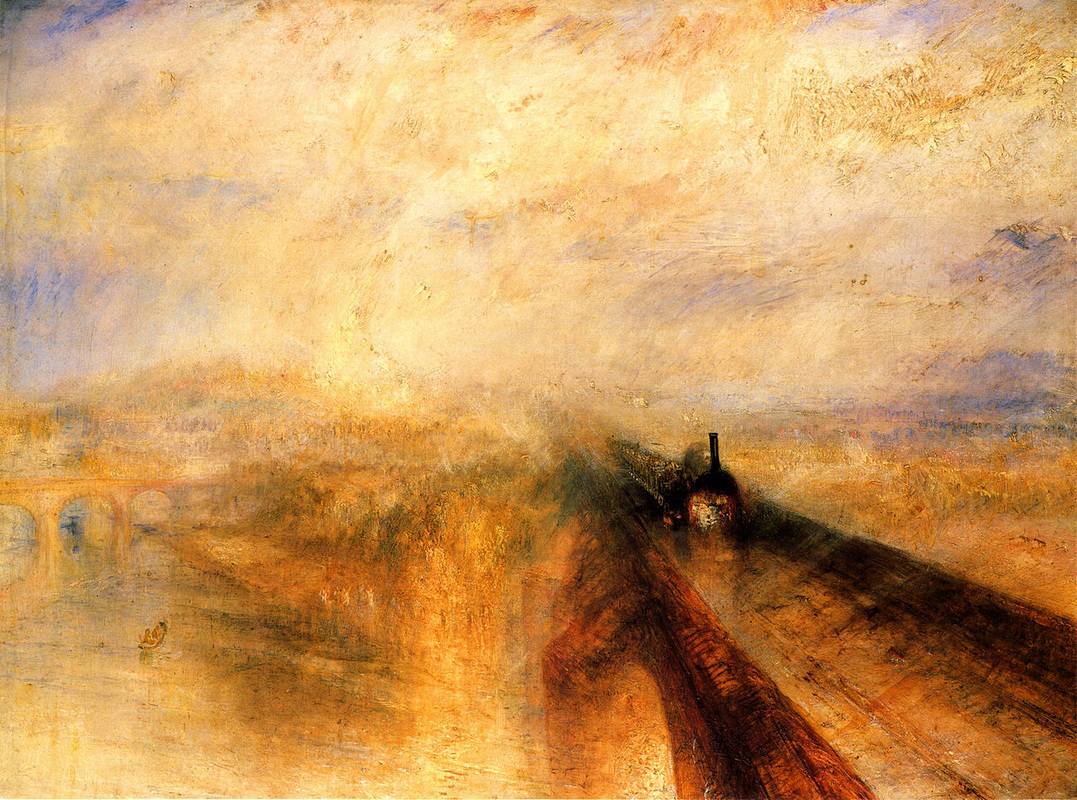
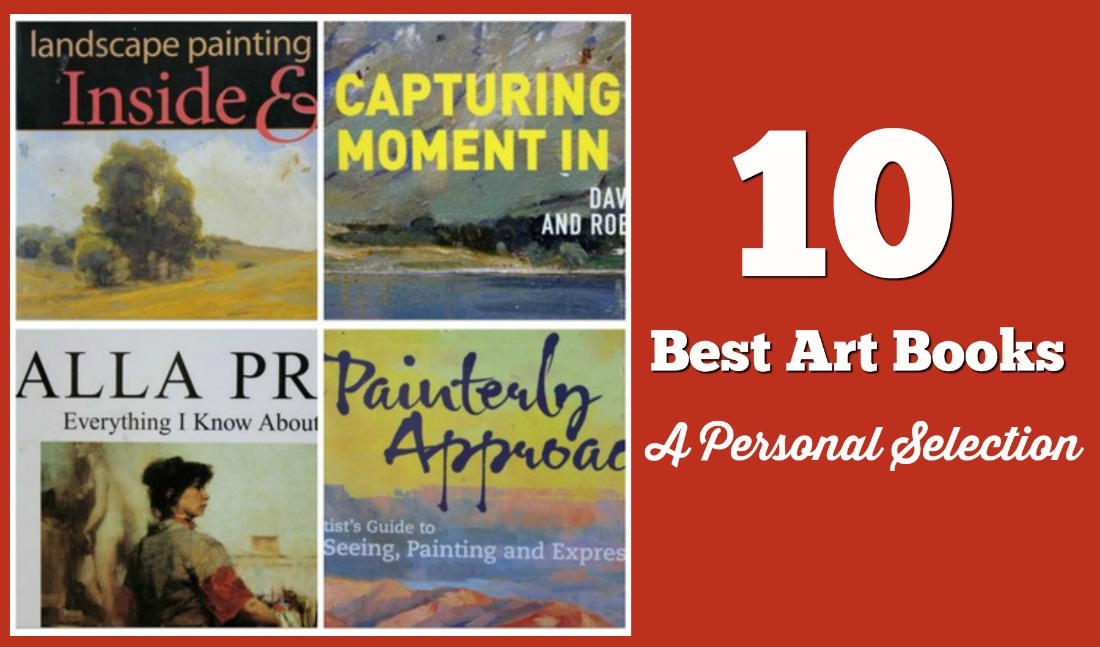










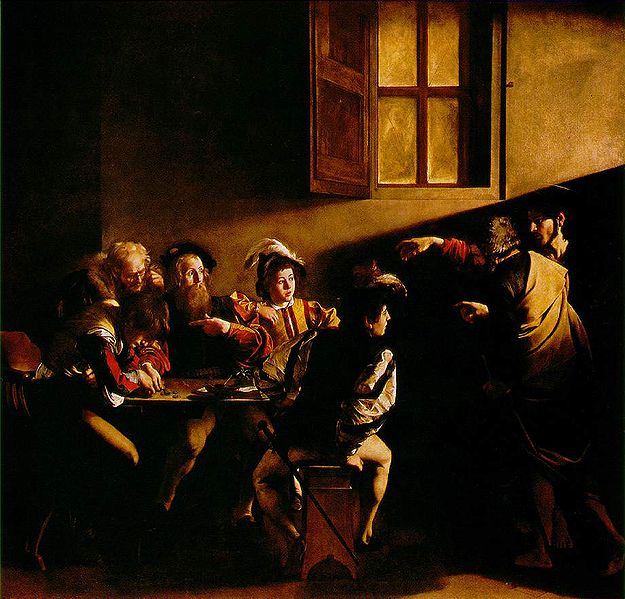
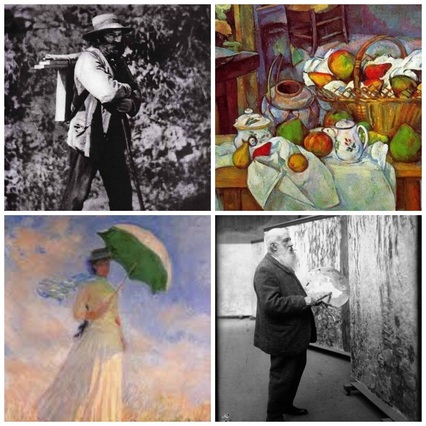
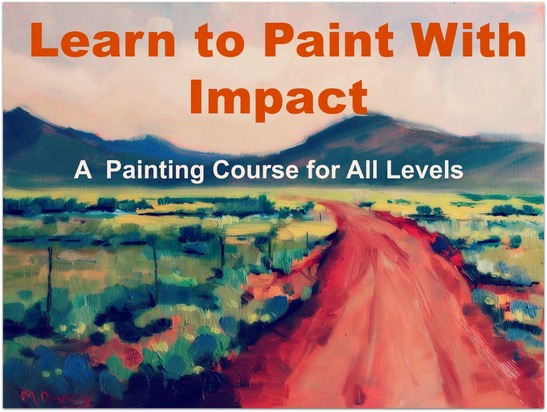
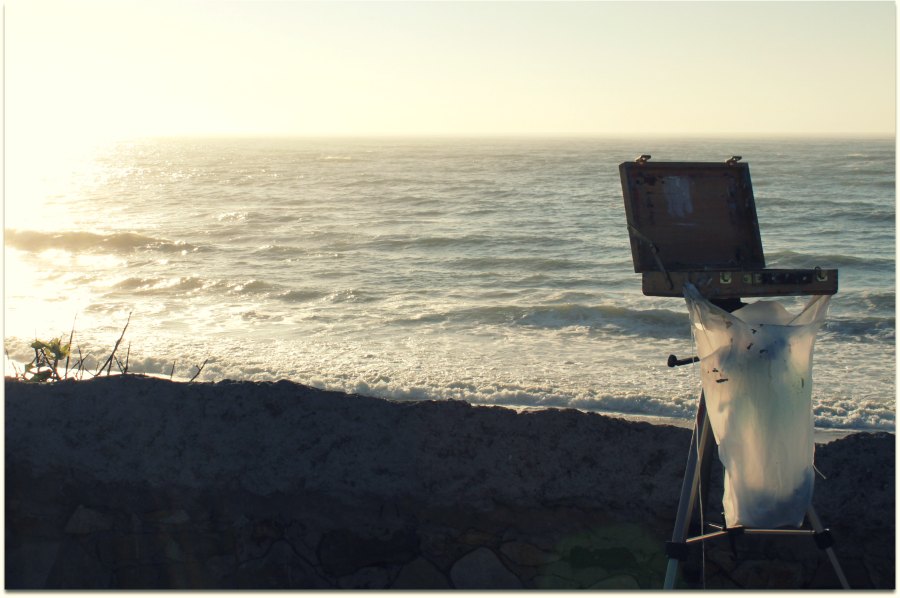
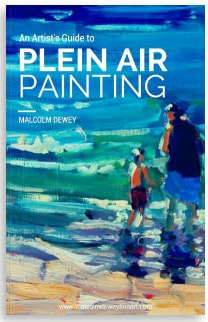
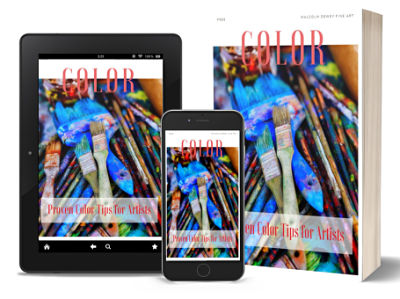
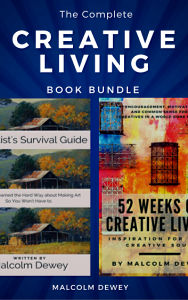
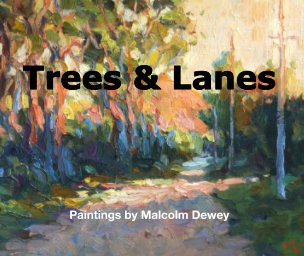

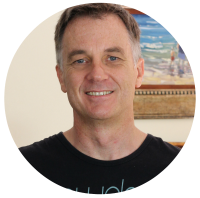
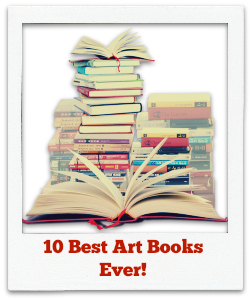

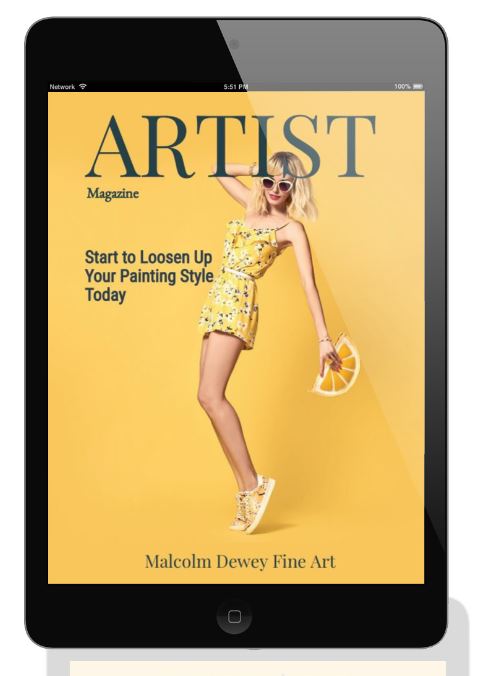
 RSS Feed
RSS Feed

